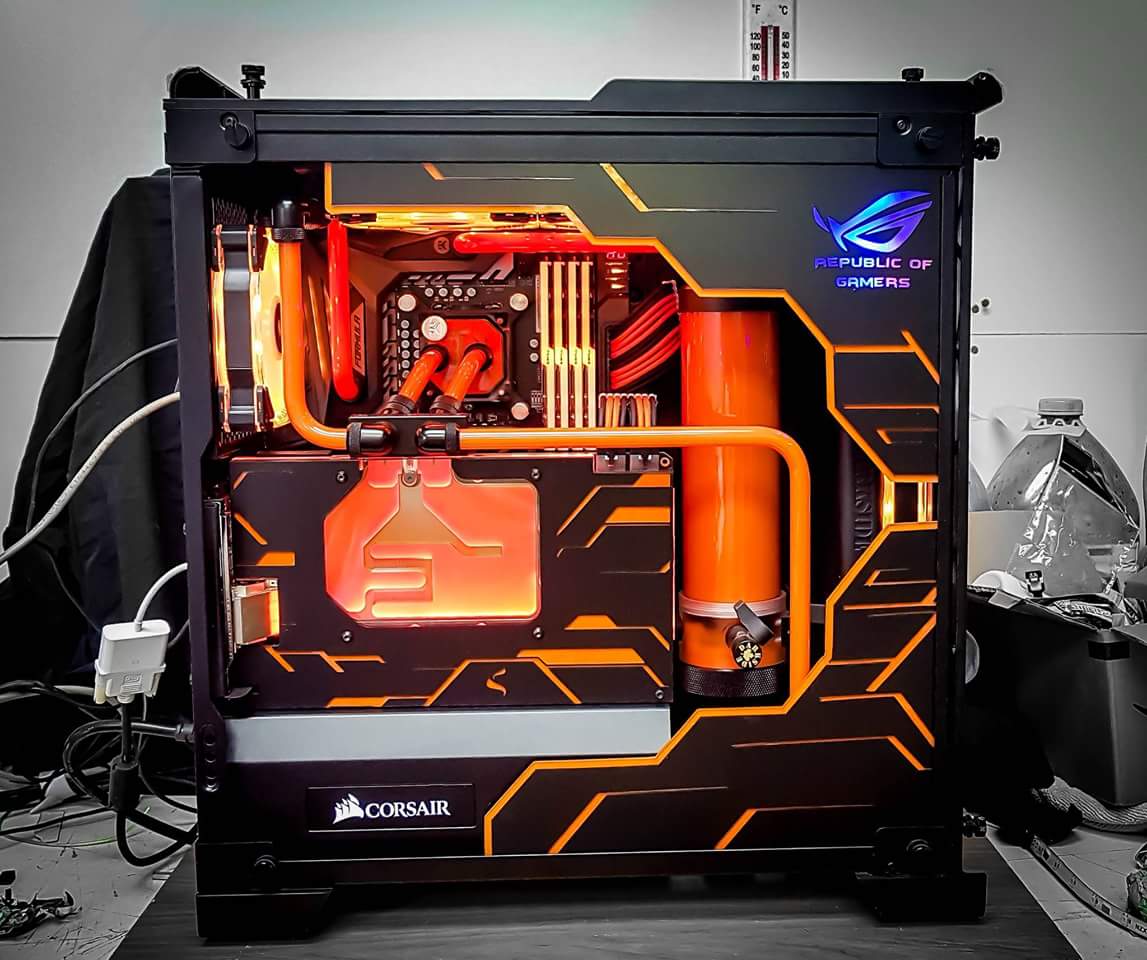VanGoghComplex
2[H]4U
- Joined
- Apr 5, 2016
- Messages
- 2,286

I most commonly see loops like this in show-quality builds where function seems to follow form. I know in theory that if the CPU and GPU blocks have similar levels of restriction, both should see similar levels of coolant flow. In practice though, does it work?
![[H]ard|Forum](/styles/hardforum/xenforo/logo_dark.png)